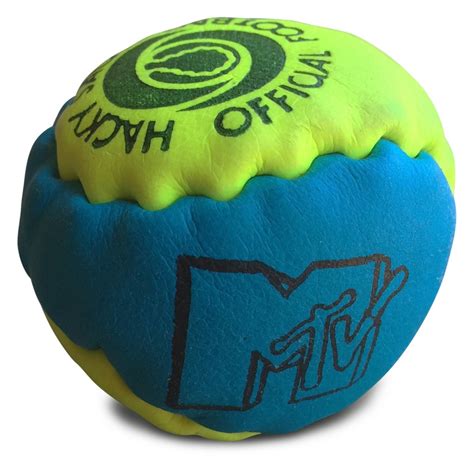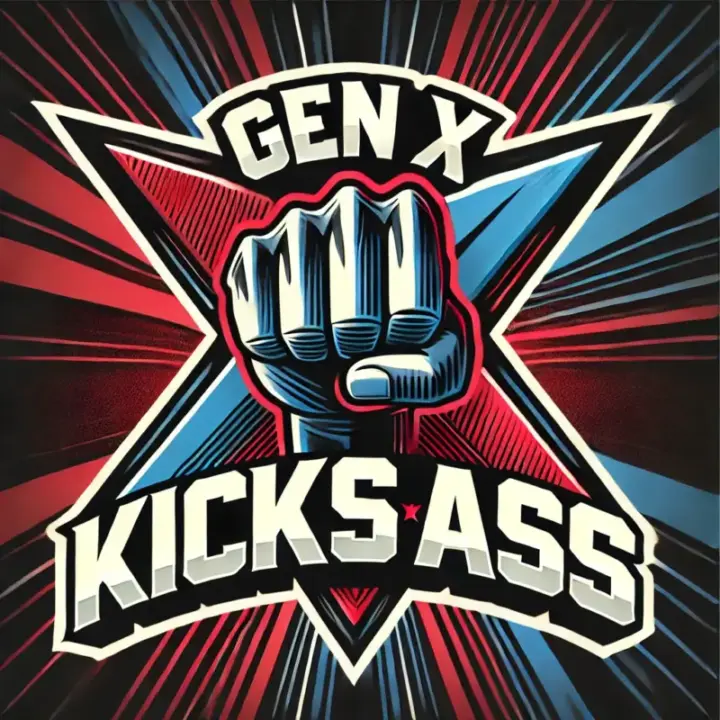
How Hacky Sack Became a Defining Game for Gen X
For Generation X, hacky sack was more than just a game—it was a cultural staple that represented independence, community, and a rejection of overly structured activities. Unlike traditional sports, hacky sack didn’t require expensive equipment, uniforms, or organized teams. It was a laid-back, inclusive game that fit perfectly with Gen X’s attitude toward life.
From college campuses to suburban neighborhoods, hacky sack became a go-to social activity for Gen Xers looking for a simple yet skill-based pastime. It reflected the era’s DIY mentality, allowing players to pick up the game on their own terms, without needing formal training or rigid rules.
What Is Hacky Sack?
Hacky sack, officially known as footbag, is a game where players use their feet, knees, and other parts of their body (excluding hands and arms) to keep a small, round bag filled with sand or beans in the air. The goal is to keep it from hitting the ground, often passing it between players in a circle formation.
The game was invented in 1972 by John Stalberger and Mike Marshall as a way to improve coordination and foot control. Over the next decade, hacky sack evolved into a mainstream pastime for Gen Xers, spreading rapidly through schools, parks, and music festivals.
Why Hacky Sack Resonated with Generation X
1. Simplicity and Accessibility
One of the biggest appeals of hacky sack was that anyone could play. It didn’t require expensive gear, a specific playing field, or formal instruction. All you needed was a hacky sack and a group of friends—or even just yourself.
Unlike sports that required leagues, coaches, and competition, hacky sack was unstructured. Players could practice solo, play casually with friends, or challenge themselves with new tricks. This lack of structure aligned with Gen X’s preference for independence and self-reliance.
2. A Social Game That Crossed Cliques
While high school and college were often divided by cliques and social groups, hacky sack was a unifying activity. Whether you were a skater, metalhead, nerd, or jock, anyone could step into a circle and kick the sack.
It became a conversation starter and a way to connect without pressure. Players could jump in or out at any time, making it a low-commitment but high-engagement social game.
3. Portability and Spontaneity
Hacky sack’s small size made it one of the most portable games ever created. You could carry one in your pocket, backpack, or glove compartment and start a game anywhere—at school, the park, concerts, or even in a parking lot while waiting for friends.
Because it didn’t require a setup or specific environment, it thrived in an era before smartphones and social media, where hanging out in person was the norm.
4. Anti-Establishment and Counterculture Appeal
Gen X is often remembered as skeptical of authority, corporate influence, and mainstream trends. Hacky sack fit perfectly into this mindset because it was a game free from commercialization.
Unlike mainstream sports, which were sponsored, regulated, and monetized, hacky sack was a pure, grassroots activity. It wasn’t about trophies, rankings, or million-dollar endorsements—it was just about playing for fun, skill, and camaraderie.
This rejection of over-commercialized activities made hacky sack a natural fit for the DIY ethos of the 1980s and 1990s, where Gen Xers preferred authentic experiences over manufactured entertainment.
Hacky Sack at Its Peak: The 1980s and 1990s
By the mid-to-late 1980s, hacky sack had reached peak popularity. It was everywhere—on college campuses, beaches, music festivals, and schoolyards. Players developed advanced tricks and techniques, turning a casual game into a display of skill and style.
The 1990s saw hacky sack solidify its place in pop culture, appearing in movies, TV shows, and alternative lifestyle marketing. Brands began producing custom footbags with unique colors, materials, and designs, though the game itself remained true to its simple, low-cost roots.
The Decline of Hacky Sack: What Happened?
Despite its dominance in the 1980s and 1990s, hacky sack gradually faded from mainstream culture by the early 2000s. Several factors contributed to its decline:
- The Rise of Video Games and Digital Entertainment – As home consoles, PCs, and the internet became dominant, outdoor social games lost popularity.
- Millennials and Gen Z Had Different Interests – These younger generations gravitated toward extreme sports, e-sports, and social media, shifting away from casual in-person games.
- Changing School and Social Environments – Many schools began banning hacky sack in hallways due to concerns over disruption, limiting exposure to new players.
- The Decline of In-Person Social Hangouts – As social media and texting replaced face-to-face interactions, fewer young people participated in group-based activities like hacky sack.
While the game still has dedicated players, it no longer holds the mainstream cultural presence it once did.
The Lasting Legacy of Hacky Sack
Even though hacky sack isn’t as widespread today, it remains a cultural icon of Generation X nostalgia. It represents:
- A time before smartphones when people actually socialized in person.
- A pure, uncommercialized game that wasn’t driven by corporate sponsorships.
- A symbol of Gen X’s independent, anti-establishment attitude.
While newer generations may not experience hacky sack in the same way, its impact on Gen X remains strong.
Final Thoughts: Hacky Sack Defined a Generation
For Generation X, hacky sack was more than just a game—it was a way of life. It captured the essence of an era where simplicity, social connection, and unstructured fun were valued over competition and commercialization.
Though its mainstream appeal has faded, hacky sack remains a cultural marker of the Gen X experience, a reminder of a time when life was less digital and more about real-world interaction.
And who knows? With nostalgia-driven revivals of retro trends, maybe hacky sack is due for a comeback.
